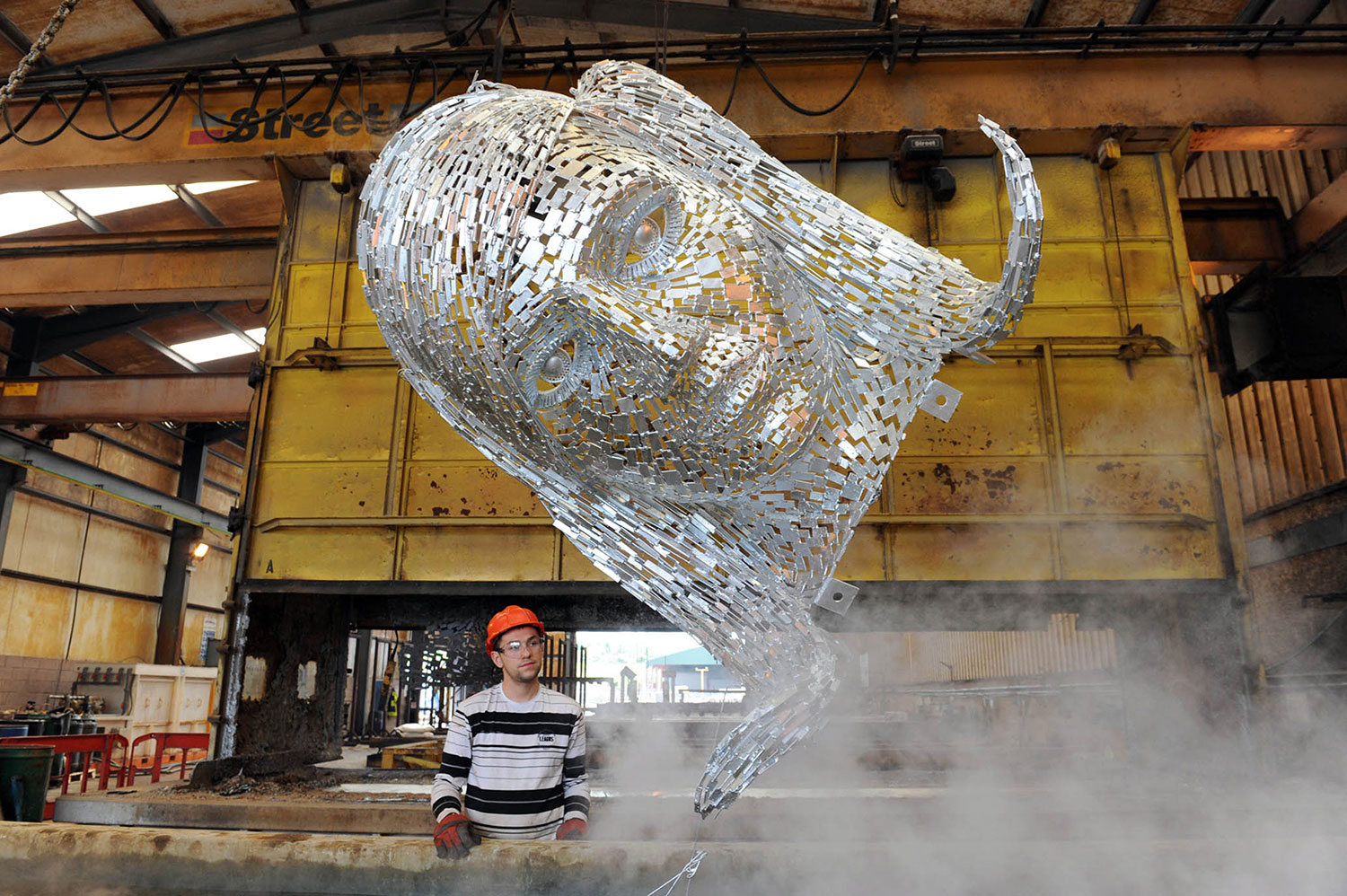Small areas of the coating may be damaged by operations such as cutting or welding after galvanizing and, although a galvanized coating has excellent resistance to rough treatment, small areas of damage may occasionally occur in transport and erection. Due to the sacrificial action of zinc, small localised flaws do not reduce protection. Nevertheless, it is often aesthetically desirable to renew the coating even over such small areas.
Adequate corrosion resistance will be achieved at any damaged area if a weight of zinc is deposited equivalent to the weight of the undamaged coating. The following techniques are acceptable according to EN ISO 1461:
Thoroughly wire brush the affected area and apply sufficient coats of zinc rich paint (by brush or aerosol spray) to give a coating thickness in accordance with supply standard e.g. EN ISO 1461.

Thoroughly wire brush the affected area, heat it with a blow torch to 300°C and apply a special zinc alloy rod or powder to obtain required repair coating thickness. This may, however, be difficult or too time-consuming to carry out on erected steelwork, or on awkward, or inaccessible areas. Care should be taken in applying heat by a blowtorch as excessive heat may damage the surrounding galvanized coating, especially on the heavier coatings resulting from reactive steels.
Grit blast the affected area and thermal zinc spray. A 100µm thermally sprayed zinc coating confers corrosion protection equivalent to an 85µm galvanized coating.
Zinc rich paint is much the simplest to apply, especially on site. Thermal zinc spraying is usually only economic when applied in the workshop.
EN ISO 1461 requires that the coating thickness on renovated areas should be a minimum of 100µm on average. An exception to this may be when the coating is to be overcoated and the renovated area then requires an equivalent thickness.
Purchasers and applicators of subsequent coatings should ensure that the applied system is compatible with the method and materials used for renovation.


